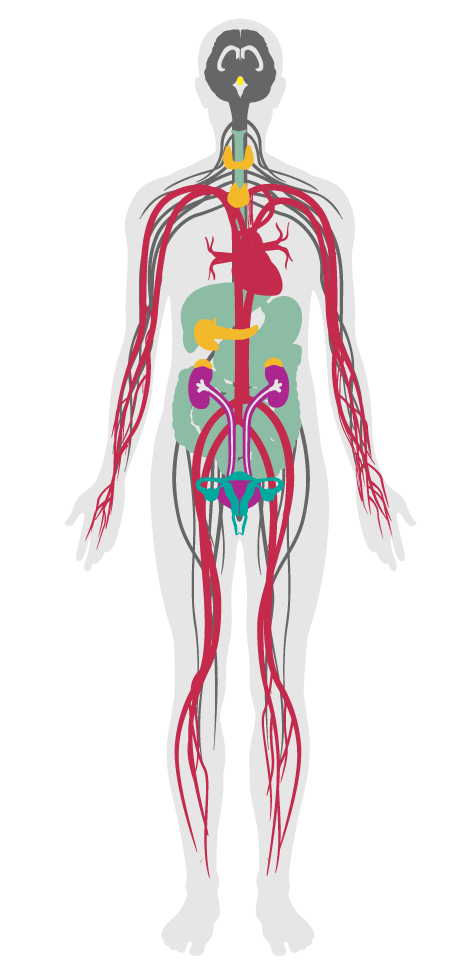Agricultural contaminants
Agricultural contaminants
To limit the presence of agricultural contaminants in drinking water.
BACKGROUND
A U.S. Geological Survey conducted in the 1990s detected pesticide compounds in virtually every stream in agricultural, urban and mixed- use areas, as well as in 30-60% of the groundwater. These chemicals may enter the water supply from agricultural and storm water runoff, and their exposure has been linked to kidney, thyroid, gastrointestinal and reproductive effects. Atrazine, one of the most widely used pesticides, is a suspected endocrine disruptor and is associated with cardiovascular difficulties. Long-term exposure to glyphosate, a widely used herbicide, may lead to kidney problems and reproductive difficulties. If detected, these contaminants can be removed with carbon filters.

